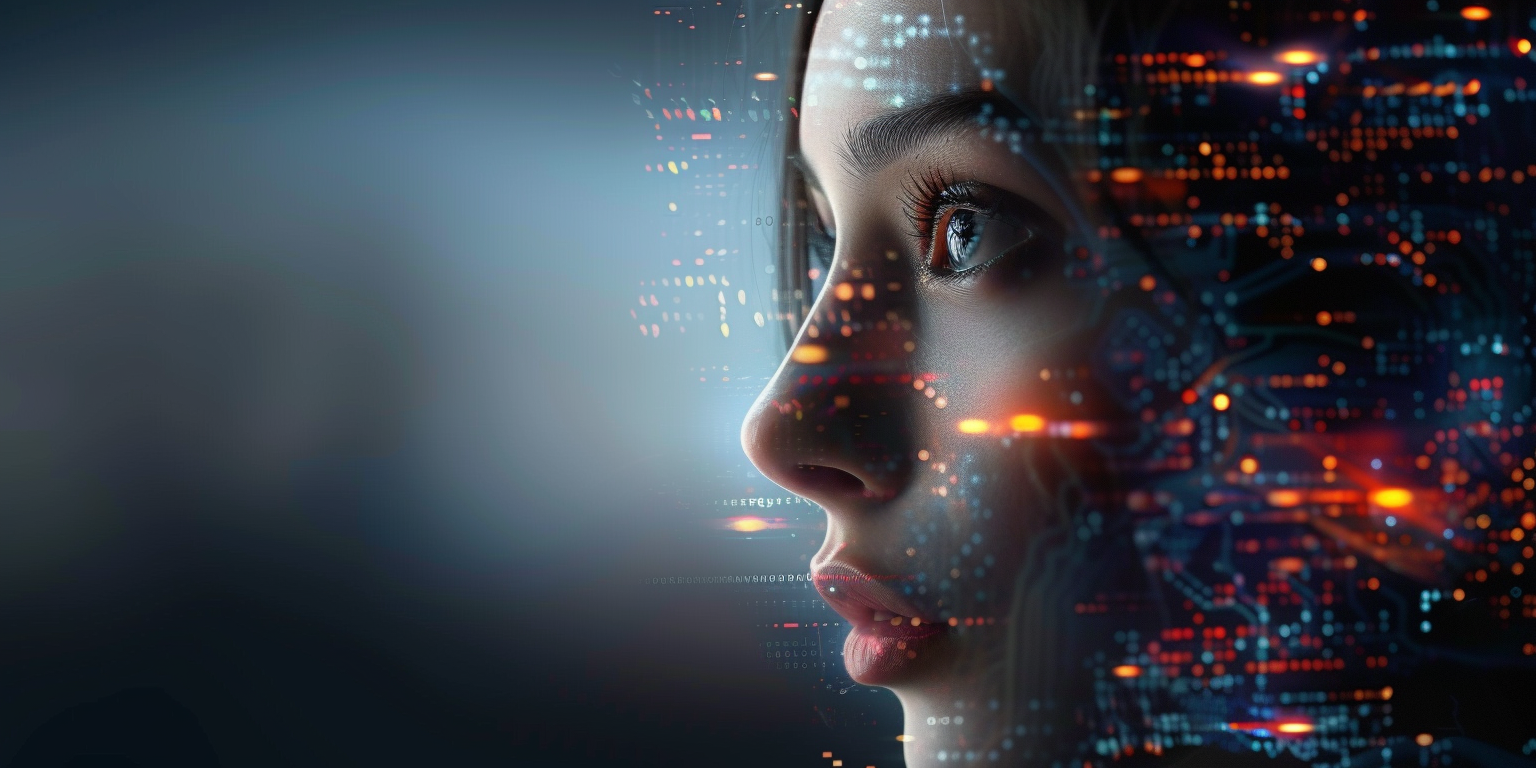Artificial Intelligence (AI) is fast becoming the cornerstone of modern image editing, offering tools and techniques that go far beyond traditional filters and manual adjustments. It’s a field where technology meets creativity, enabling even those without professional training to enhance photos with precision and artistry. Users can experience a streamlined workflow, as AI systems analyze and optimize images with a level of detail that’s humanly impossible to achieve in a comparable time frame.
This revolution isn’t just about adding more options to an already crowded toolkit; it’s a fundamental shift in how we approach the art of image manipulation. AI-driven software can now learn from a vast array of data, recognizing patterns and textures, and thereby applying enhancements that maintain the natural essence of the photograph. From removing unwanted objects seamlessly to adjusting lighting conditions post-capture, AI is redefining the limits of what can be achieved in digital imagery.
As this technology evolves, it’s crucial to understand its impact on both the industry and our personal experiences with media. While it raises the ceiling for professionals, it also democratizes photo editing, making high-end results accessible to hobbyists. As we look at the latest advancements, a key takeaway is clear: AI isn’t just changing the game; it’s expanding the playing field for everyone who wants to turn their vision into captivating visual stories.
AI-Driven Image Editing Techniques
In the realm of image editing, artificial intelligence has introduced transformative techniques that automate complex tasks and enhance visual quality. These AI-powered tools lead to superior image enhancements and open up new creative possibilities.
Machine Learning Models in Image Enhancement
Machine learning models have become pivotal in image enhancement, offering solutions that go well beyond what traditional software can do. They analyze vast datasets to understand image aesthetics and apply enhancements like:
- Noise reduction: They effectively reduce digital noise without blurring important details.
- Sharpness adjustments: These models selectively enhance edges to make images crisp and clear.
Key Takeaway: Machine learning enables a nuanced understanding of images, leading to tailored enhancements that maintain natural beauty and detail.
Neural Networks for Texture and Detail
Neural networks, especially in the field of image editing, excel at interpreting and reconstructing texture and detail that may be lost through digital processing. These networks:
- Restore lost textures: By learning from textures in a training set, they can convincingly recreate missing or damaged texture in old or low-resolution images.
- Enhance details: They bring out subtle image details that are often overlooked by the human eye or traditional software.
Key Takeaway: Neural networks are exceptional in the way they recover and improve image textures and details, offering an almost intuitive enhancement.
Generative Adversarial Networks for Creative Effects
Generative Adversarial Networks (GANs) push the boundary of creative effects in image editing through a collaborative yet competitive process between two neural networks. They facilitate:
- Stylization: Transforming images into different artistic styles effortlessly.
- Realistic image generation: GANs generate new images that are often indistinguishable from authentic photographs.
Key Takeaway: GANs introduce a creative edge, generating striking alterations and original images that mesh seamlessly with real-life pictures.
Deep Learning for Color Correction
Deep learning models have paved the way for advanced color correction by automatically analyzing and adjusting colors in an image. They offer:
- Balanced exposure: Adjusting shadows, highlights, and mid-tones for a balanced overall exposure.
- Vibrant colors: These models can enhance color vibrancy without creating an unnatural look.
Key Takeaway: Through deep learning, color correction becomes an automated process that renders images with natural, vibrant, and balanced colors.
The Impact of AI on Professional and Amateur Photography
Artificial Intelligence is reshaping the landscape of photography for both professionals and amateurs. With tools that simplify complex editing processes and automate time-consuming tasks, AI is opening up new possibilities and raising important questions about the future of the art form.
Accessibility and Ease of Use for Hobbyists
Amateurs and hobbyists can now harness the power of AI to bring their creative visions to life with ease. Tools that were once the domain of professionals are now available to anyone with a smartphone or computer.
- Intuitive Interfaces: Simplified user experiences allow hobbyists to edit photos without extensive technical knowledge.
- One-Click Enhancements: AI-driven software provides instant improvements in image quality with minimal effort.
Key Takeaway: AI has lowered the barriers to entry, making advanced photography and editing accessible to everyone.
Workflow Automation for Professionals
For professionals, AI is a game-changer in terms of efficiency and workflow optimization, allowing more time to focus on the creative aspects of photography.
- Batch Processing: AI swiftly edits multiple images, maintaining consistency and saving precious time.
- Smart Selections: It can distinguish between complex objects, streamlining tasks like background removal or object isolation.
Key Takeaway: AI accelerates routine editing tasks, freeing photographers to invest more time in creative pursuits.
Ethical Considerations and Authenticity
The advent of AI in photography also brings forth concerns regarding the authenticity of images and the ethics of their use.
- Deepfakes and Misinformation: AI can create hyper-realistic images, which could contribute to the spread of misinformation.
- Disclosure: There’s a growing need for clear disclosure when AI has been used to alter images.
Key Takeaway: It’s crucial to balance the benefits of AI with ethical practices to maintain trust and authenticity in photography.



